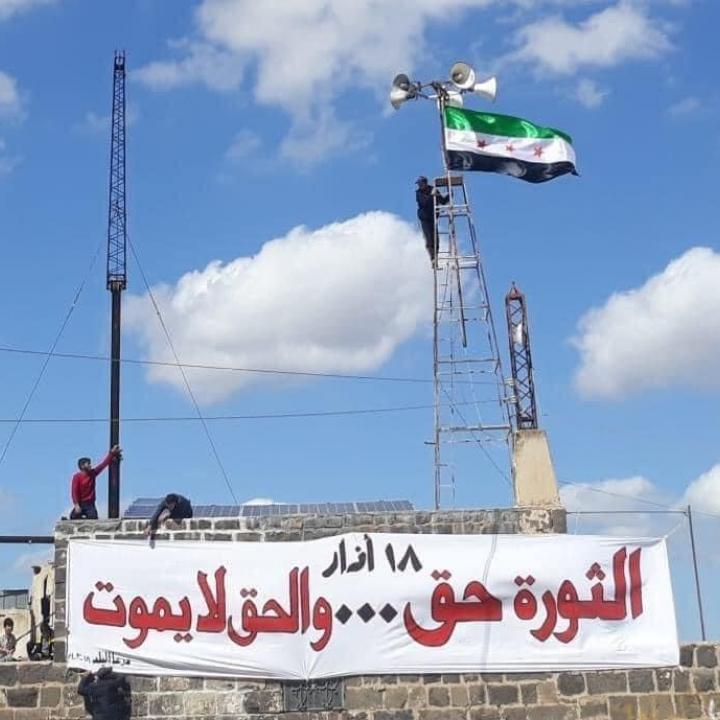
Written by Fahad Shafiq
In what is a clear indictment of the Russian-led reconciliation process, the situation in the southern Syrian province of Daraa has witnessed a progressive deterioration over the last few years which were fraught with widespread assassinations, arrests, and insurgency. Recent months have seen significant escalations resulting in a fragile reconciliation of the major towns in Daraa Province.
The province was ostensibly ‘reconciled’ in 2018 following a brutal military campaign by Russian and regime forces. Under the terms of the agreement, provisions were made for reconciled elements to retain some degree of autonomy in certain areas. However, arrests by regime loyalists as well as the ever-expanding presence of Iranian forces on the ground have served to cause tensions to flare, culminating in a widespread insurgency throughout the province.
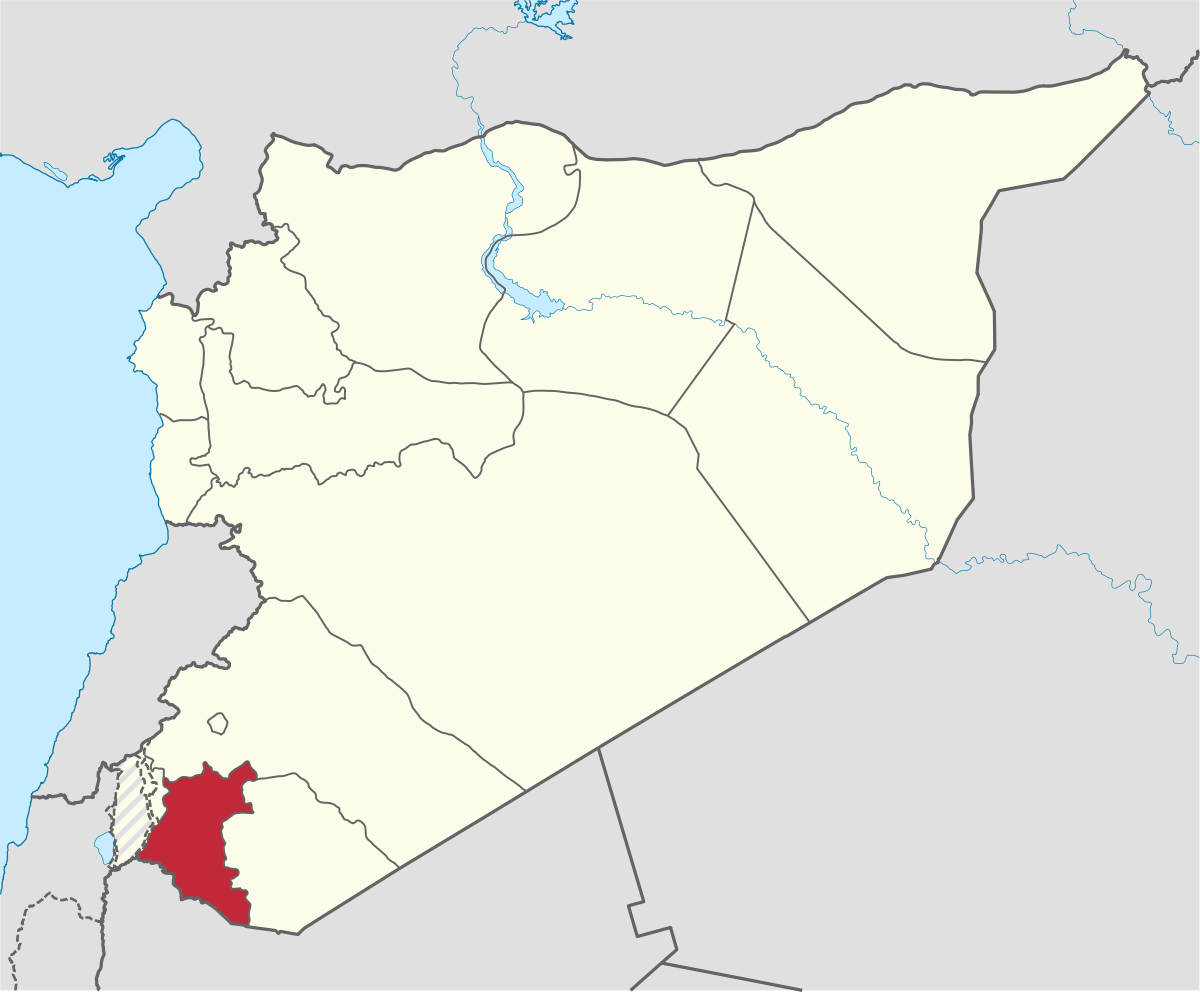
Daraa is strategically located south of Damascus and is the Syrian province closest to Israel with which it shares a land-border. Iranian forces have been expanding their presence and influence in the area, which is of particular strategic importance to the Iranian regime and their expansionist policies.
Establishing a foothold in the province would enable Iranian anti-Israel rhetoric to take root in the region. Indeed, it appears that Iranian forces have recently focused on gaining a presence in the Golan Heights, the southern-most part of the province, which directly borders Israel. Daraa also borders Jordan, where the US holds significant interests.

Russia has not taken as aggressive an approach to both the years-long insurgency and the recent escalation as one might have expected based on their record in Syria. This may reflect their own concerns over the expanding Iranian influence in the region, and the sectarian strife that may cause, as well as the inevitable concerns that the international community would raise.
Nevertheless, the Russians decisively decided to back the regime in this escalation, helping to facilitate a “reconciliation agreement” that took effect on the 1st of September. Syrian forces entered the besieged neighborhoods of Daraa Al-Balad following many weeks of brutal siege and shelling. Marking the first time regime forces had entered the city since the beginning of the revolution.
The reconciliation agreement mandated checkpoints within the city, the search of homes, and settling the issue of compulsory military service for some of the region’s residents. However, by the 3rd of September regime sources mentioned that fewer than 100 people had resolved their status, and most of those were draft-dodgers rather than insurgents.
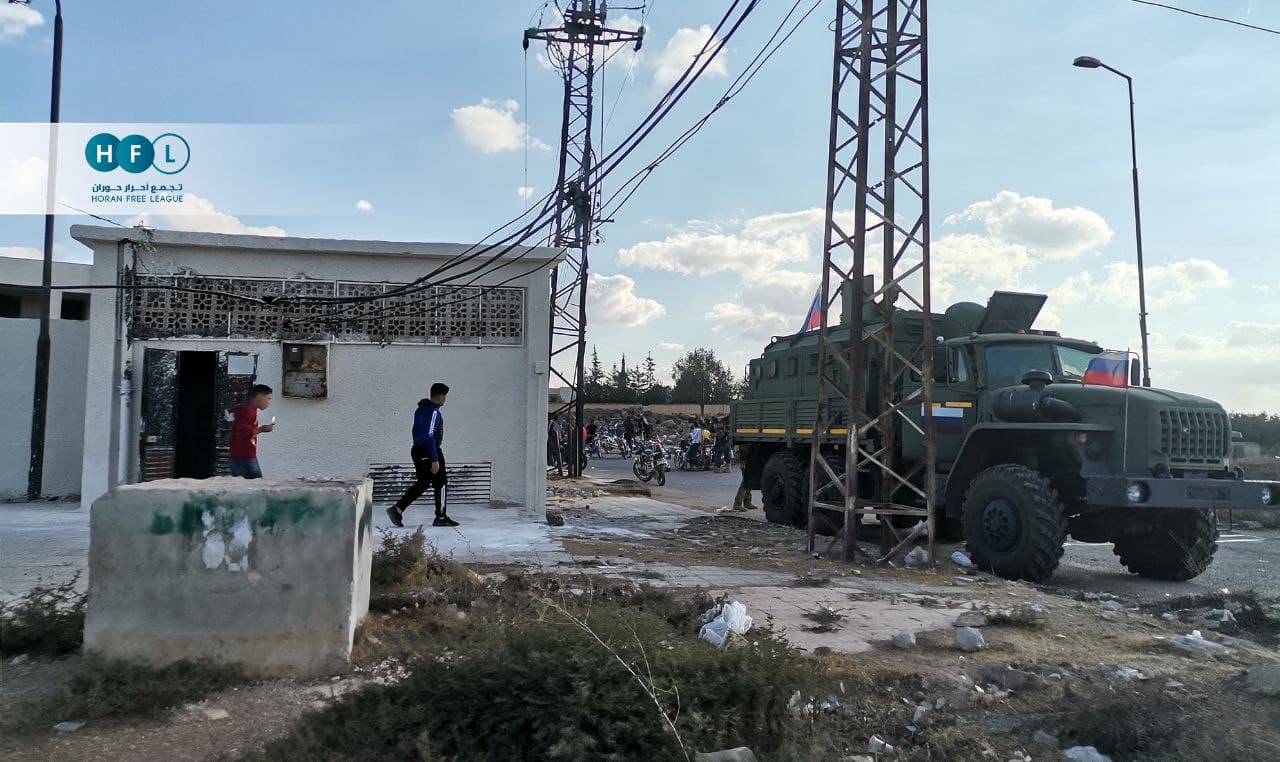
By the 4th of September, the agreement collapsed and shelling resumed. A second agreement was made on the 6th, with some insurgents surrendering their weapons, but regime sources again lamented the poor turnout and suggested that even if everyone handed in their weapons, the high proliferation of weapons in Syria means that they could easily be replaced.
Despite the apparent success of this recent agreement, the uprising against regime forces has not been confined to the city alone, most of the attacks against loyalist forces have taken place in the rural areas of the province, many of which have yet to be entered by Assadist forces.
On the 8th of September, a regime supply truck was targeted by an IED in rural Daraa, indicating the widespread nature of the insurgency and a lack of a unified monolithic outlook among the regional rebelling factions.
Regime forces struggle to maintain control throughout the areas they theoretically control. ISIS has increased the brazenness of its attacks in the Syrian desert, culminating in the death of a Russian Colonel on the 9th of September. Furthermore, on the 30th of August, there was an attack on an army checkpoint in Hama city in the Murabit district, resulting in casualties. These incidents are indicative of the precarious security situation in regime held areas across the country.
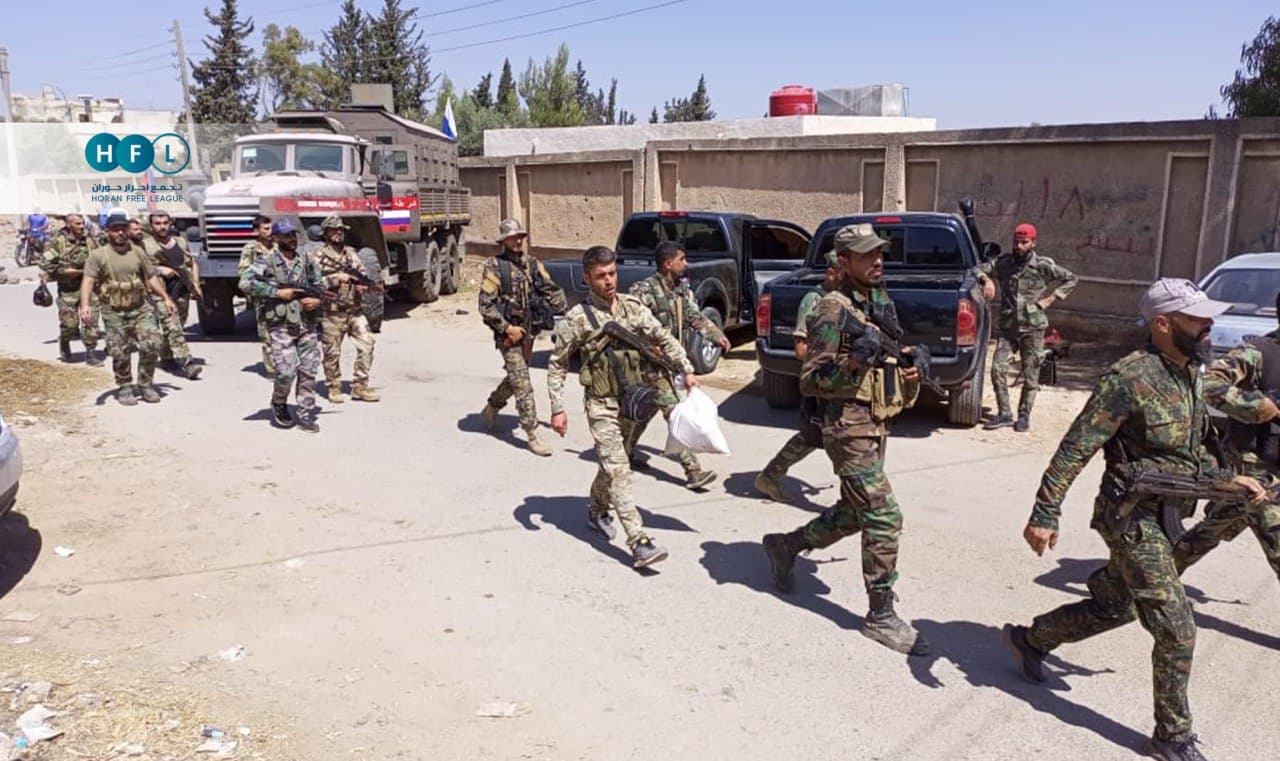
By the 10th of September regime sources indicated that talks were ongoing to replicate, in the smaller outlaying towns and villages throughout the province, the same agreement reached in Daraa Al-Balad. It was reported that on the evening of the 10th, talks were underway to place military checkpoints within the town of Tafas, though on the morning of the 11th, a source “Tajamu Ahrar Houran” (a rebel group active in the region) denied this, stating no such talks had occurred.
“Tajamu Ahrar Houran” however reported on the 20th of October that a security committee, accompanied by Russian officers, had entered Nahta town East of Daraa to establish a reconciliation center in the town’s council building. This process was previously repeated on several towns like Bosra and Herak. A few days later the Syrian regime announced the end of the reconciliation deals. It seemingly asserted control over Daraa province but it’s yet to be seen if this agreement will hold.
Given the complexity of the situation in Daraa, and the conflicting motivations and goals of the regime and its allies, it seems very unlikely that the situation on the ground will be stabilized in the near future. Opposition figures are diametrically opposed to the expanding Iranian presence on the ground, and the regime seems unable or unwilling to prevent it, to the apparent annoyance of Russia.
Meanwhile, factions and prominent figures in the north of Syria have been taking a keen interest in the ongoing proceedings. Figures and groups from across the board released statements expressing solidarity with the beleaguered civilians in Daraa, and raising awareness of the ongoing crimes of the regime there.
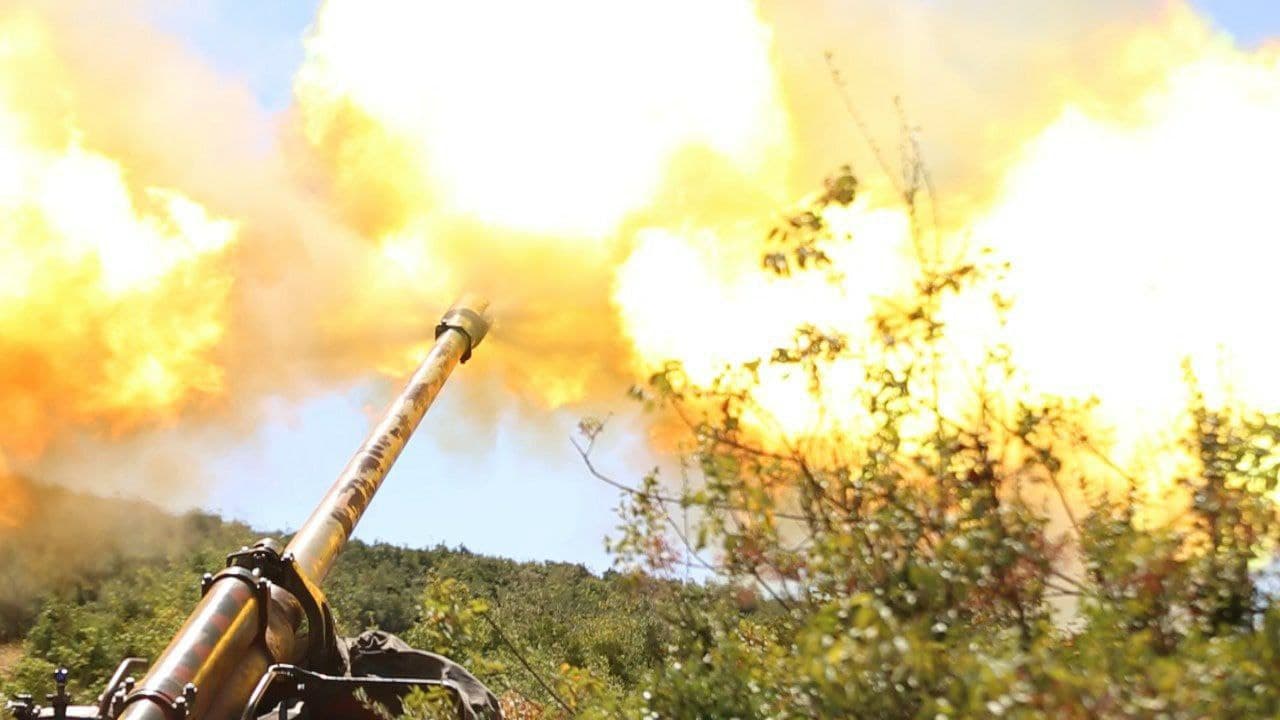
As a response to both the escalation in Daraa and the increased bombing of areas in the north, military factions, most prominently Hayat Tahrir Sham (HTS), carried out a widespread retaliatory campaign targeting regime loyalist forces in occupation of the liberated areas. The Syrian Salvation Government (SSG) has also provided shelter and assistance for those civilians who were forcefully displaced from their homes in Daraa.
As the civilians in Daraa continue to suffer from renewed violence, it is clear that even after ten years of war, the regime is as willing as ever to resort to the extreme violence against the Syrian people that made the first years of the war so infamous. Ongoing unrestrained actions with complete disregard for civilians and vital infrastructure leaves the door open for massive humanitarian disaster should the situation continue to escalate.
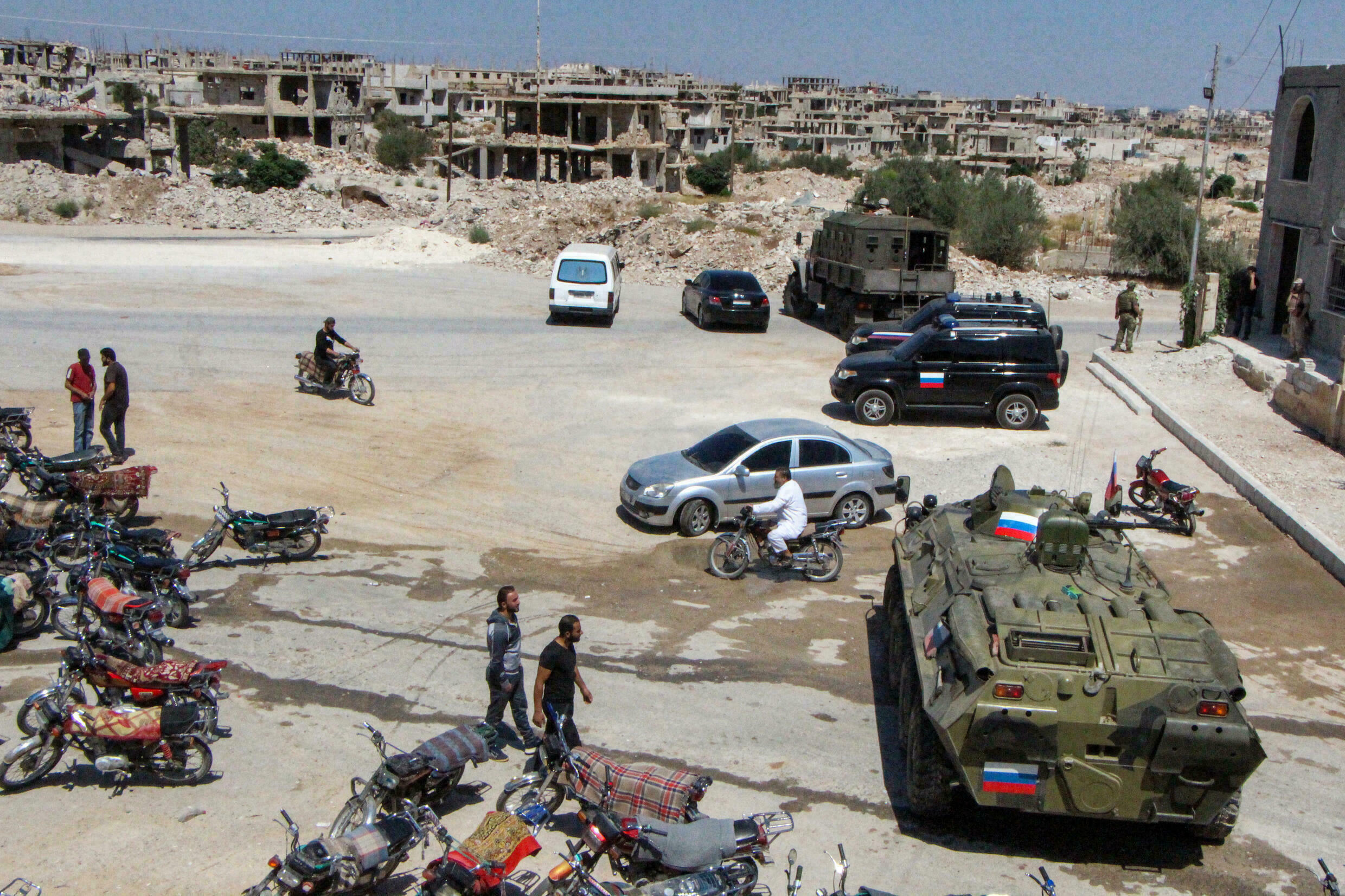
Daraa has become a staging ground for various global powers with different and sometimes conflicting geopolitical goals. The use of Daraa as a staging ground for competing powers adversely impacts not only the citizens of Daraa, but nations further afield. While the immediate outcome of the current hostilities seems to be in favor of the Syrian regime, it is obvious that the weakness and corruption of regime forces has served to destabilize its own areas, and recent events are likely an ominous portent for what the future may hold.






